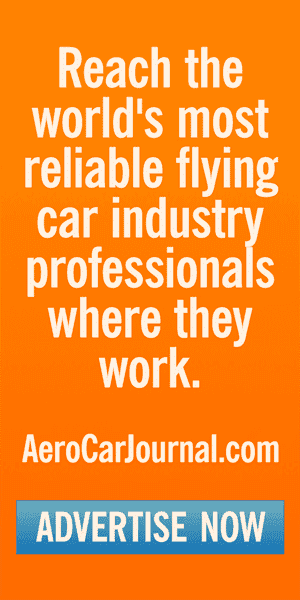Home » Technology »
Is UAM Better Together? The Potential and Promise of Ridesharing
NASA and Purdue University Associates Unveil PANVEL
January 12, 2025 |

While no one knows yet exactly how much an urban air mobility (UAM) eEVTOL air taxi ride will cost per mile, chances are the initial trips won’t be cheap. And, not cheap doesn’t bode well for rapid adoption by the traveling public.
But… if a cohort of passengers want to travel from the same origin-destination at the same time, now you’re talking urban air mobility that businesses and individuals can justify. At least that’s the premise of a ridesharing model and its underlying algorithm developed by a group of Purdue University and NASA Langley researchers.
Dubbed the Passenger Aggregation Network with Very Efficient Listing (PANVEL) mode, it estimates trip numbers and passenger occupancy aboard particular aircraft within a UAM network in a metropolitan area. PANVEL factors in value of time and alternative modes of transportation to predict high load factors on UAM aircraft. The team used the Cleveland, Ohio, US metro area to assess the viability of their ridesharing model.
Time is money. A LOT of money.
In 2022, the two most congested US cities, Chicago and New York experienced a combined US$19.7 billion in lost productivity. The PANVEL mode reveals that the cost per revenue-mile is reduced as the number of passengers sharing the ride increases. The study looked at optimal conditions exclusive of other factors, such as airport throughput capacities, pad/runway availability, and weather conditions.
The study of the Cleveland Statistical Area (CSA) identified a total of roughly 2 million passenger trips daily out of the CSA’s estimated 3.58 million residents. The study identified 72 publicly accessible airport locations that could be converted to support UAM operations.
In the end, the NASA-Purdue study suggested that in Cleveland, UAM would not be the transportation option of choice without ridesharing but a small number of trips would be preferred if ridesharing were available.
Top 3 Takeaways
* UAM is more likely to succeed as a transportation option if passengers rideshare
* UAM success is contingent on the cost of travel
* Vertiports, airport thruputs, and weather are additional factors impacting the success of UAM travel
#aam #AAMtoday #uam, #PANVEL, #evtol, #NASA, #Purdue


